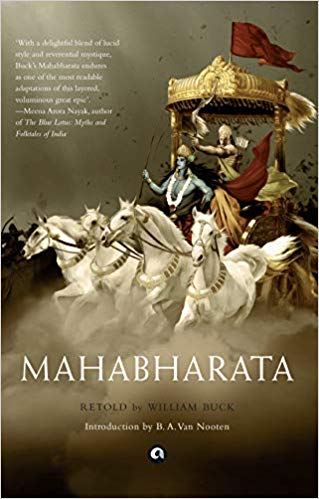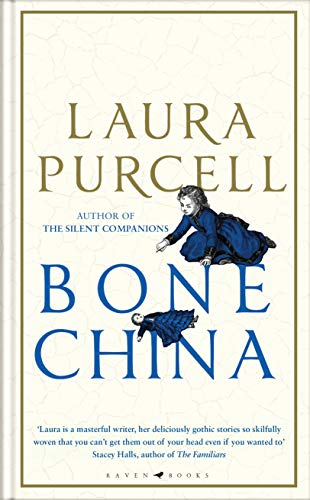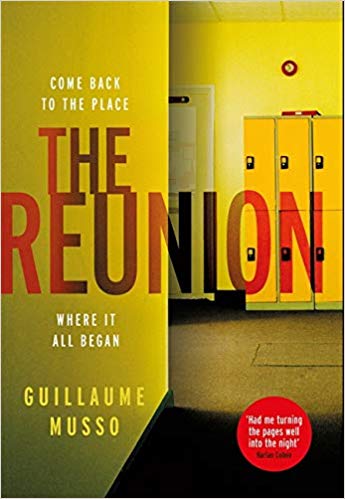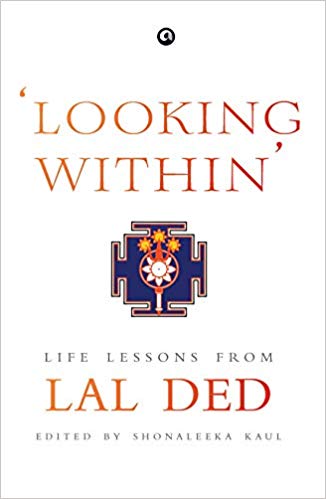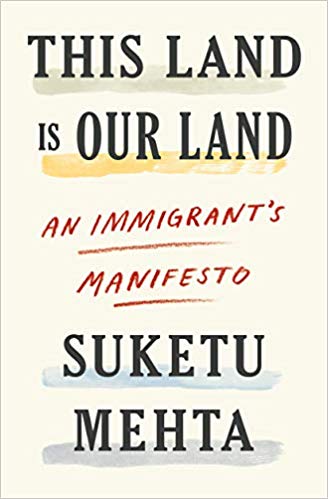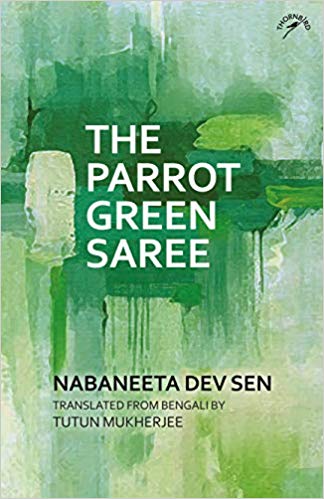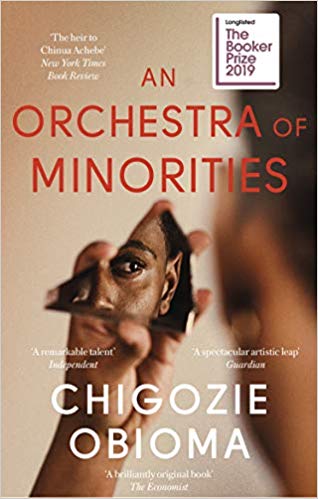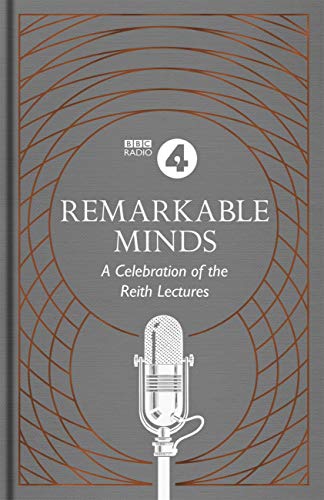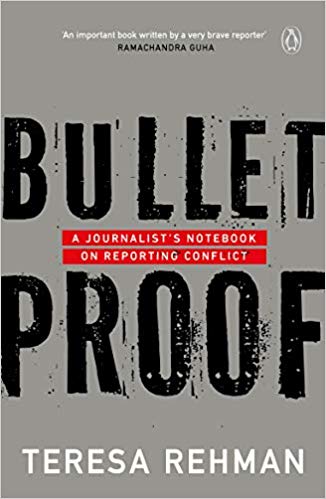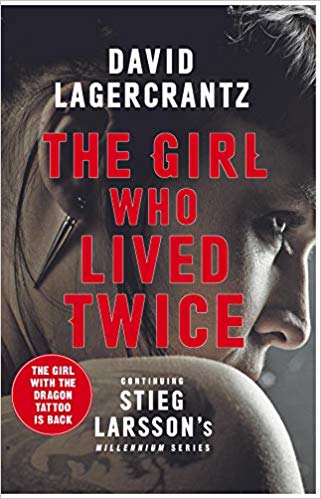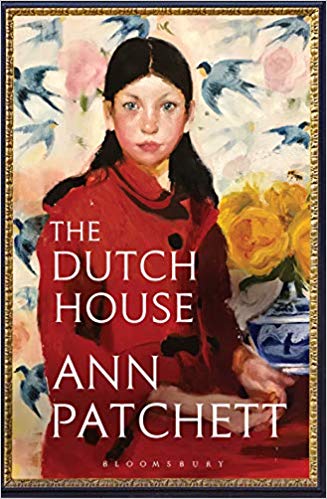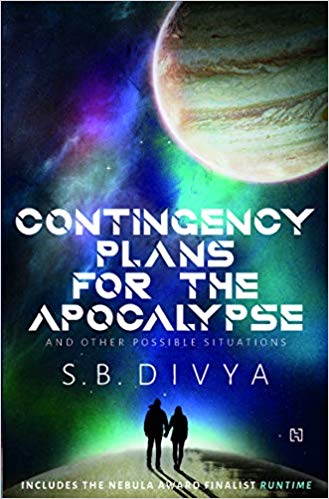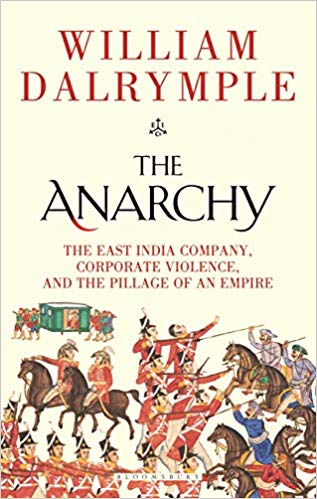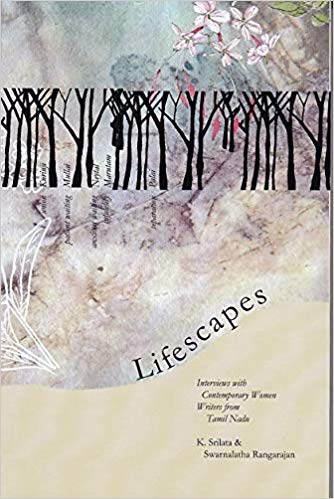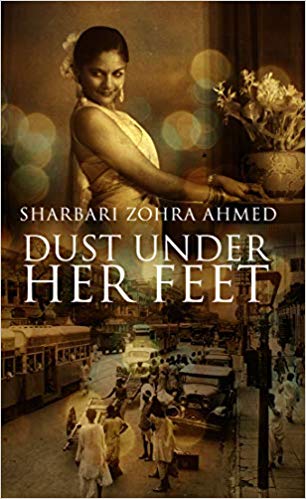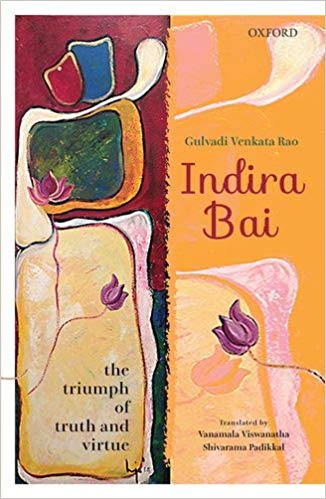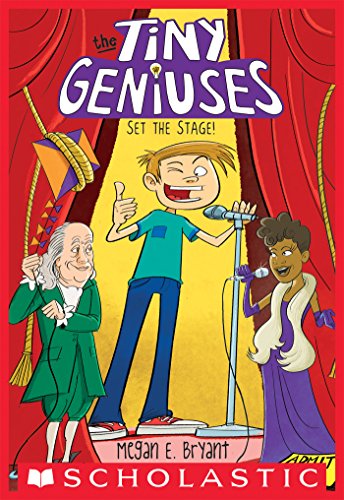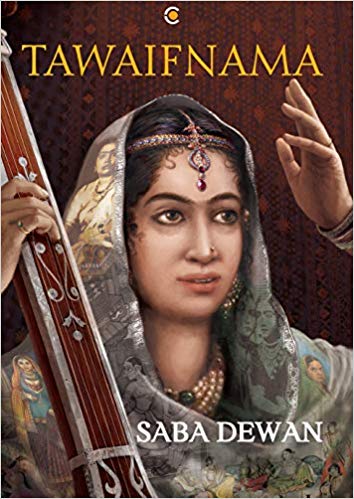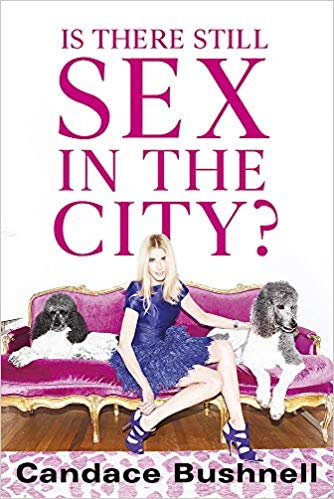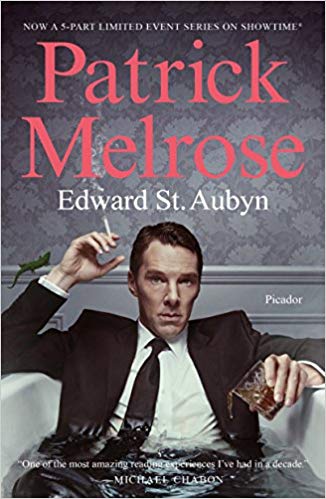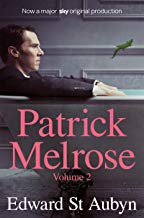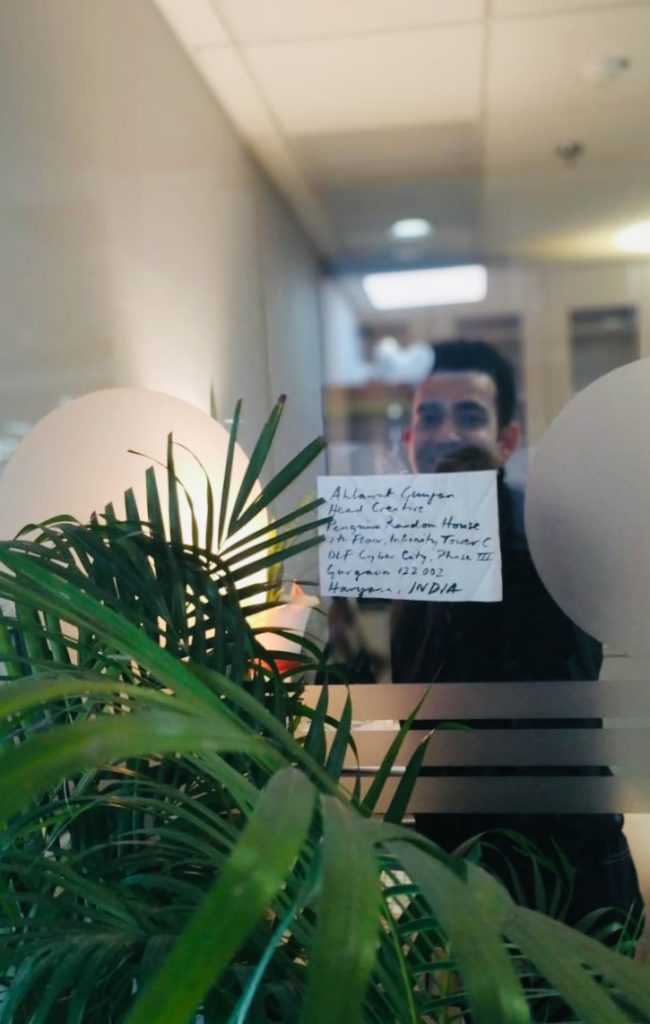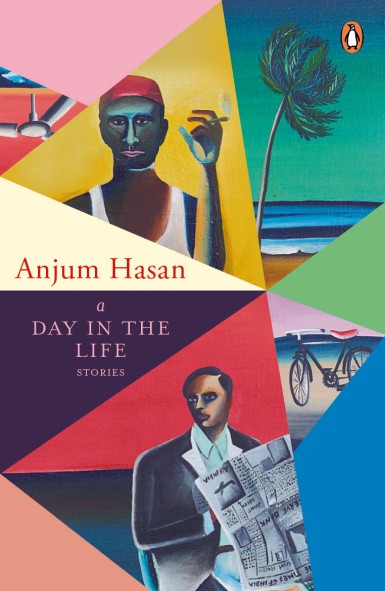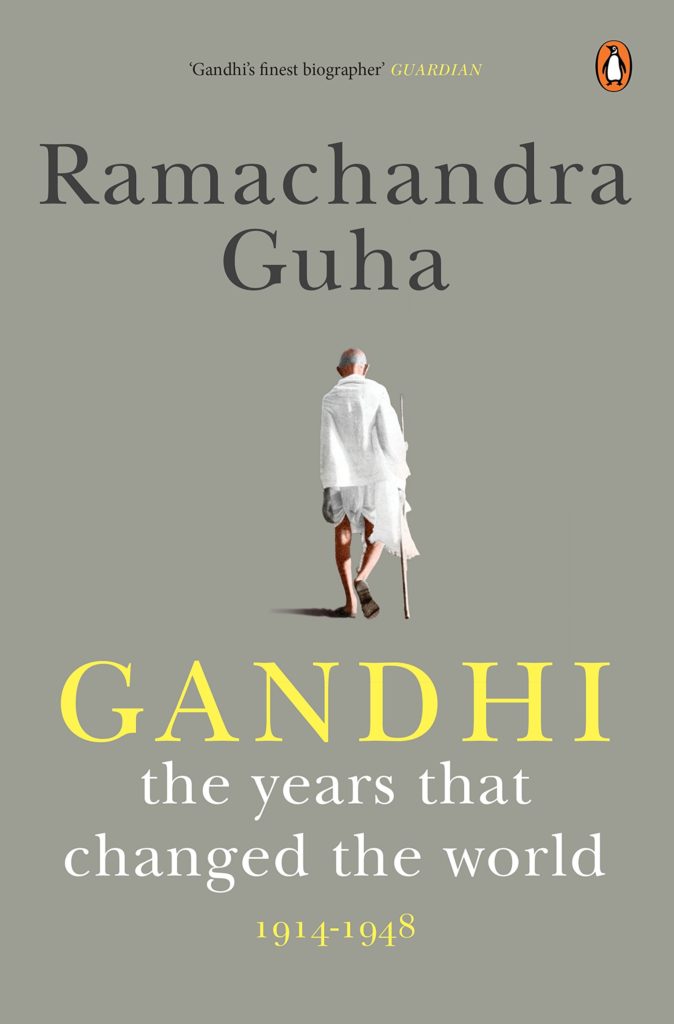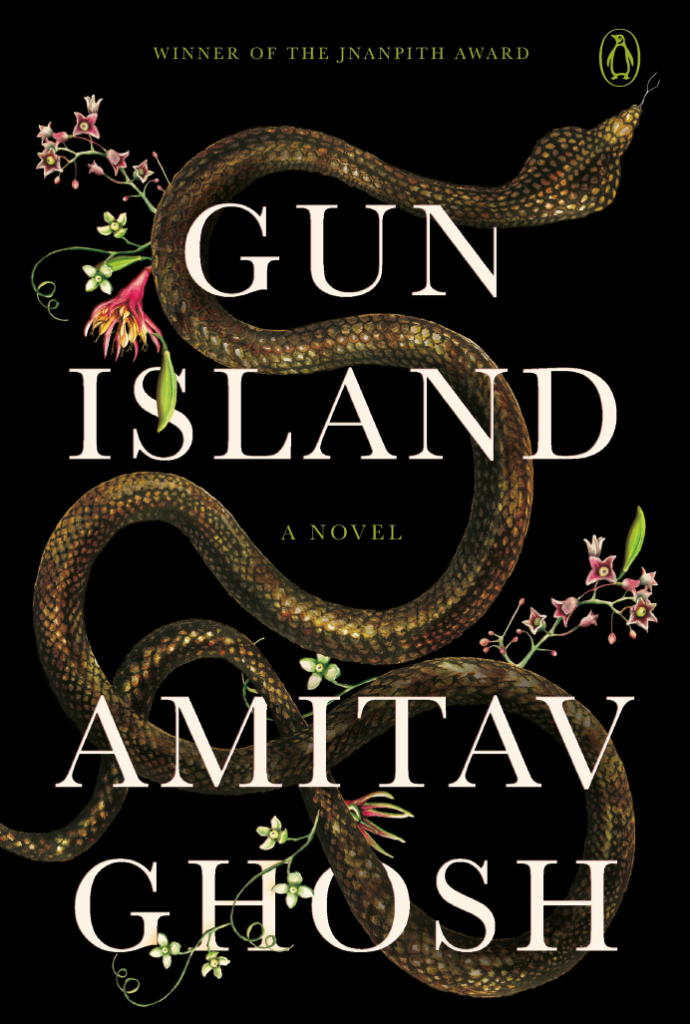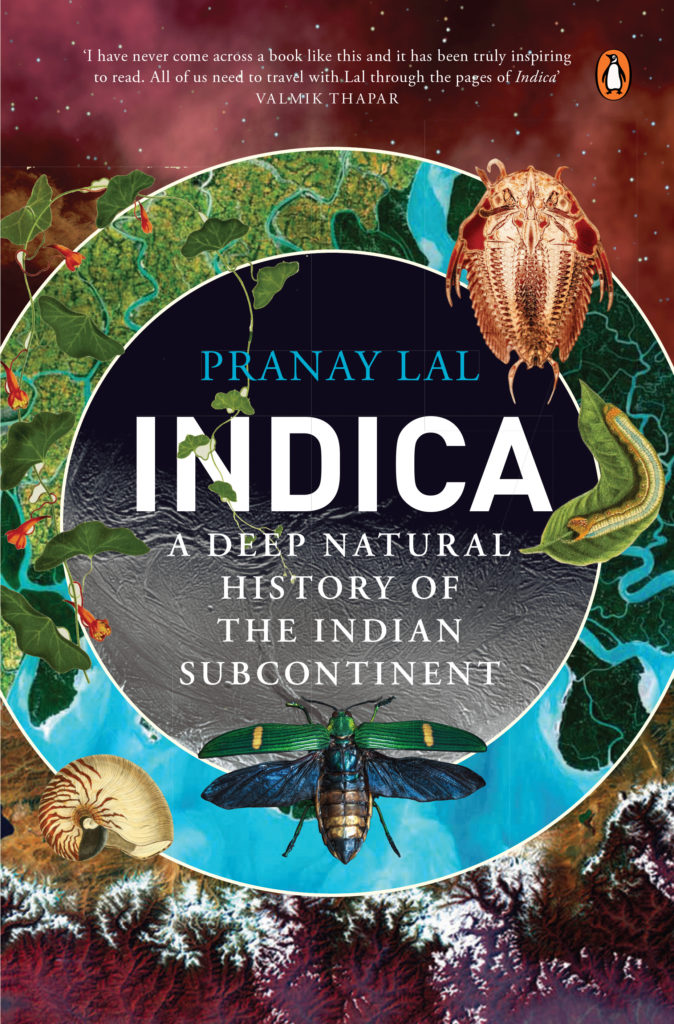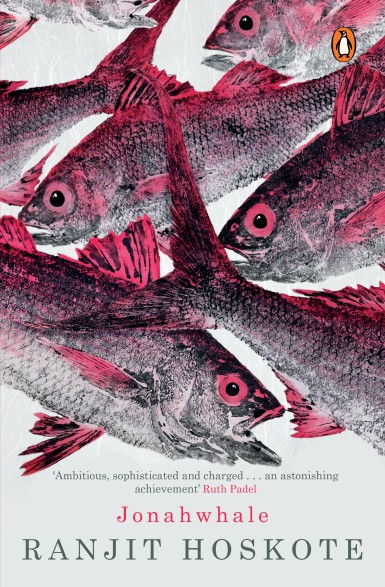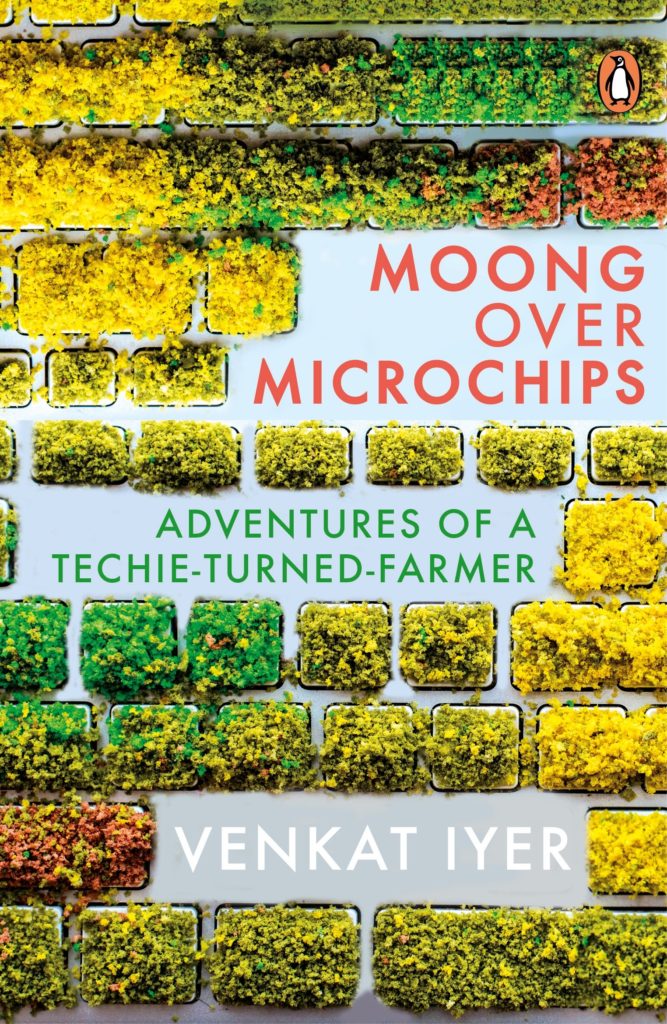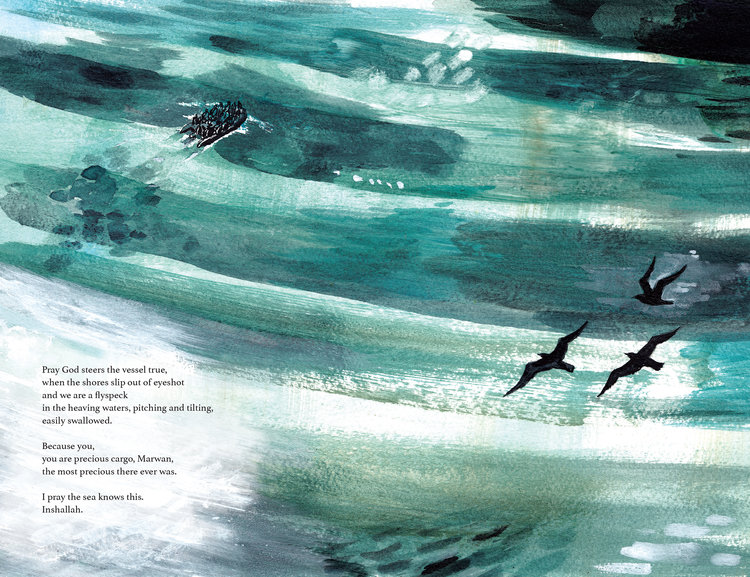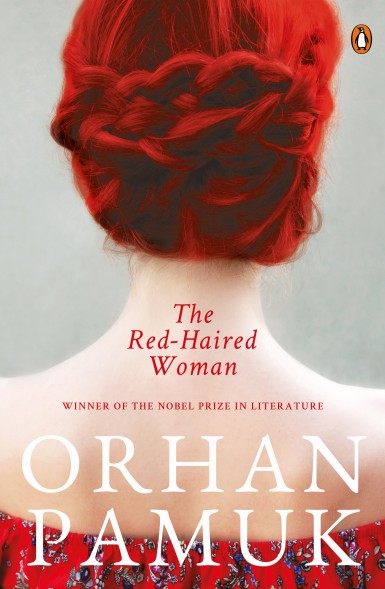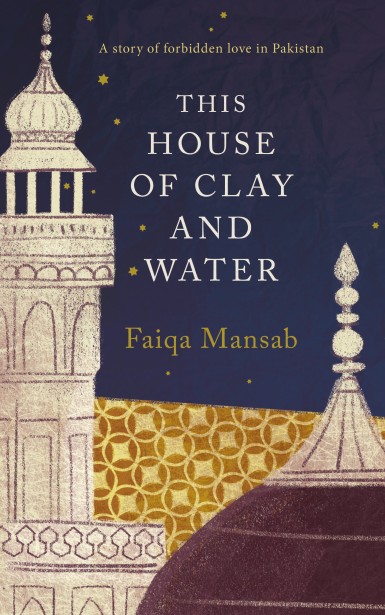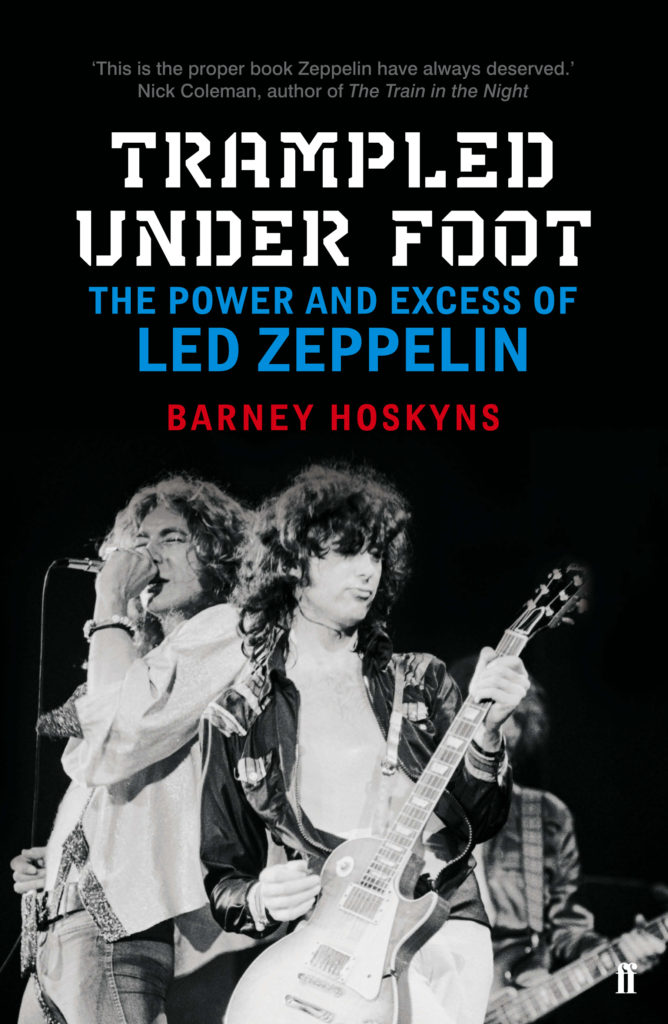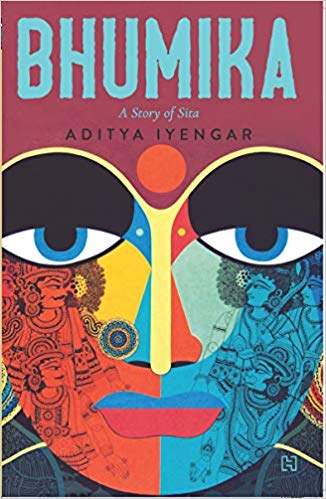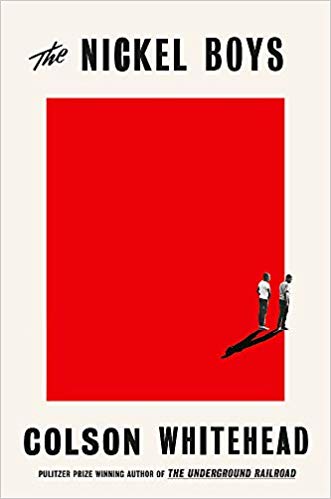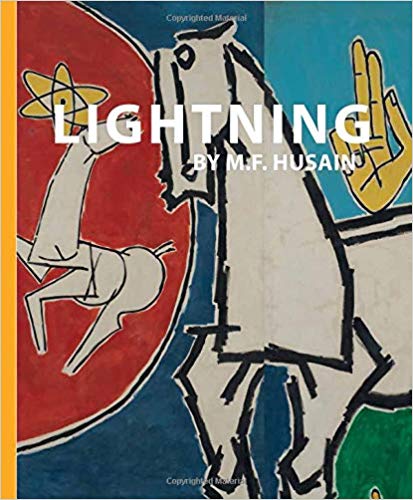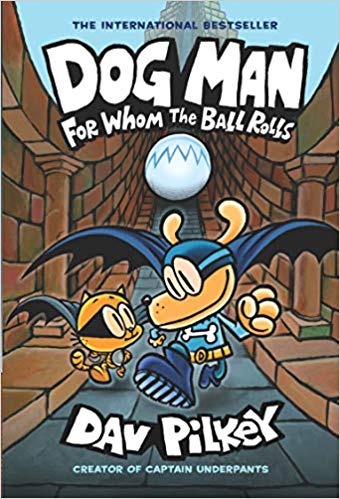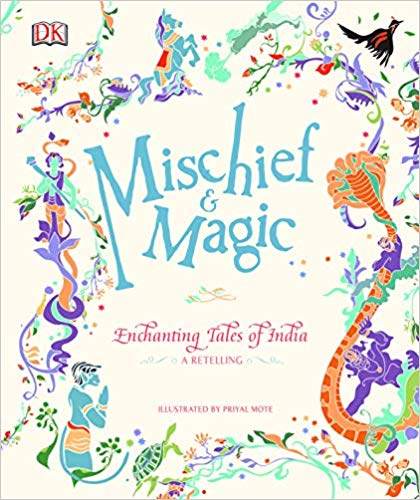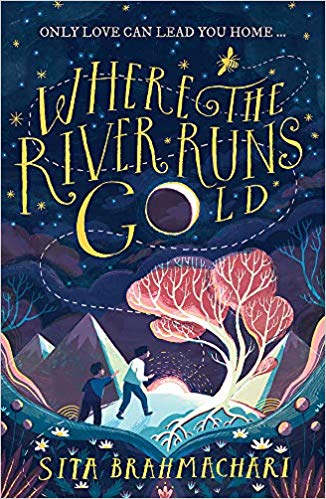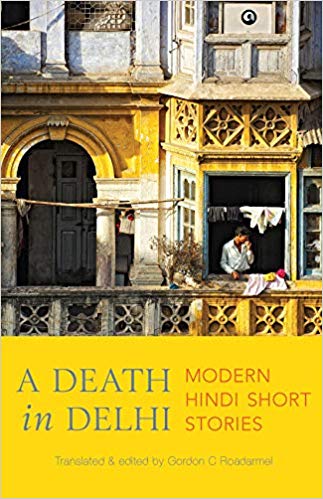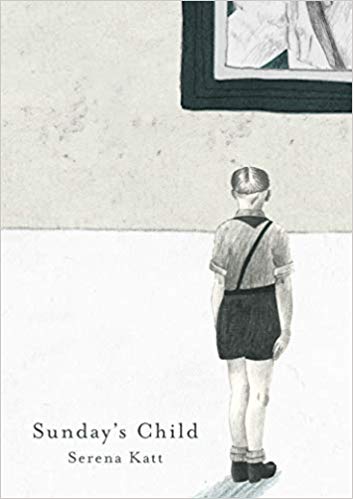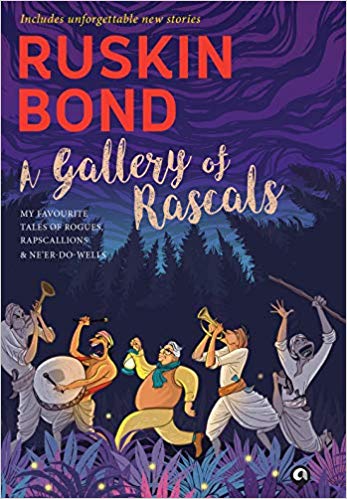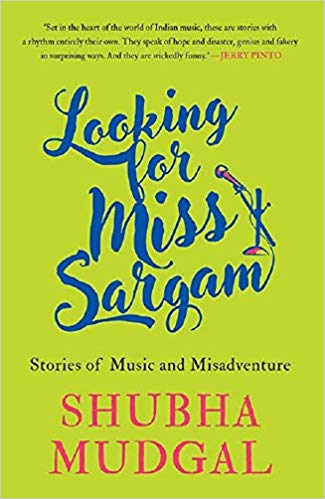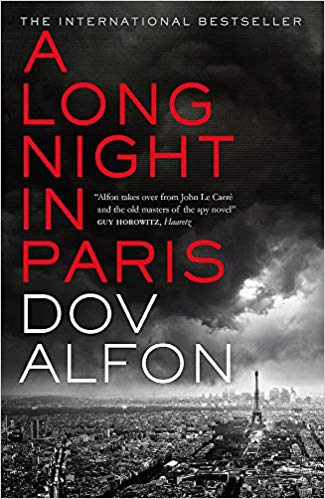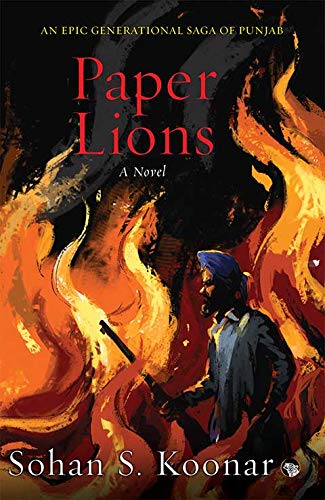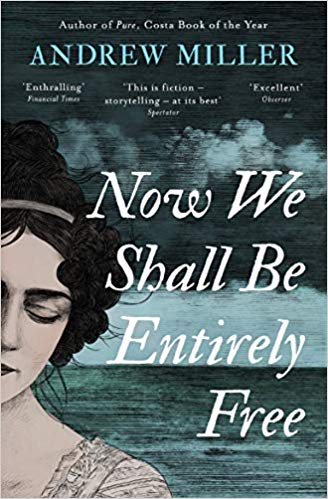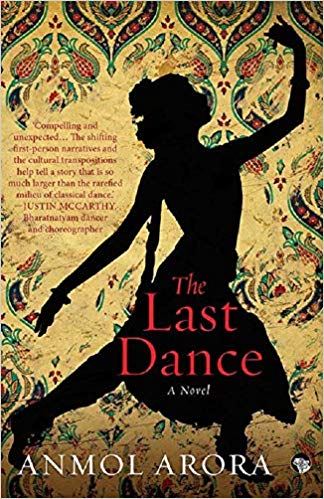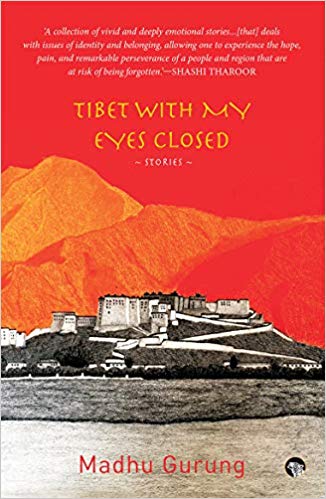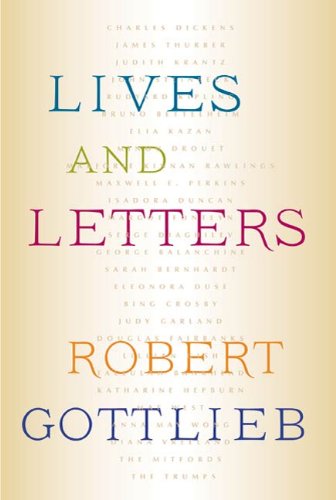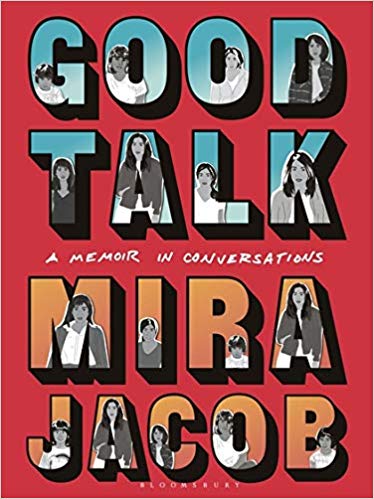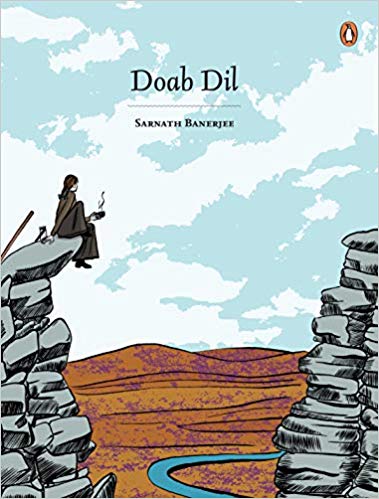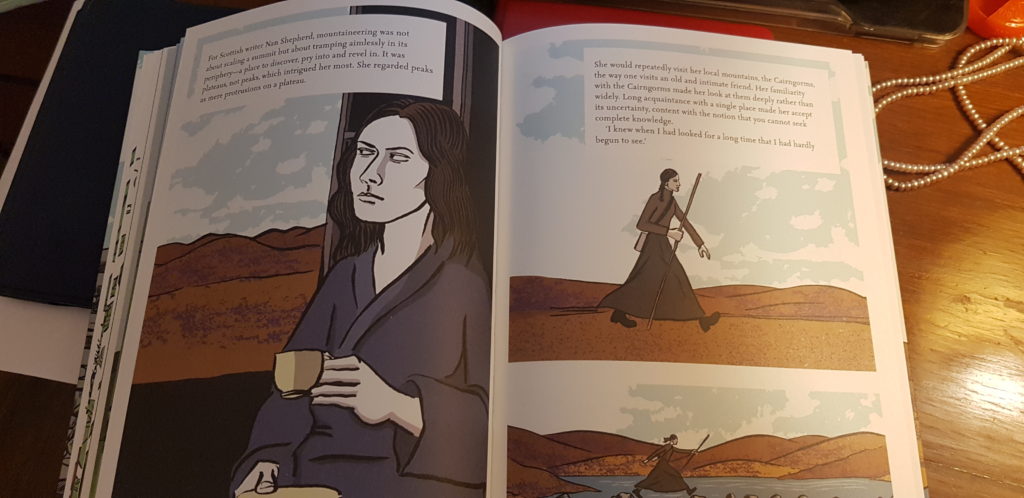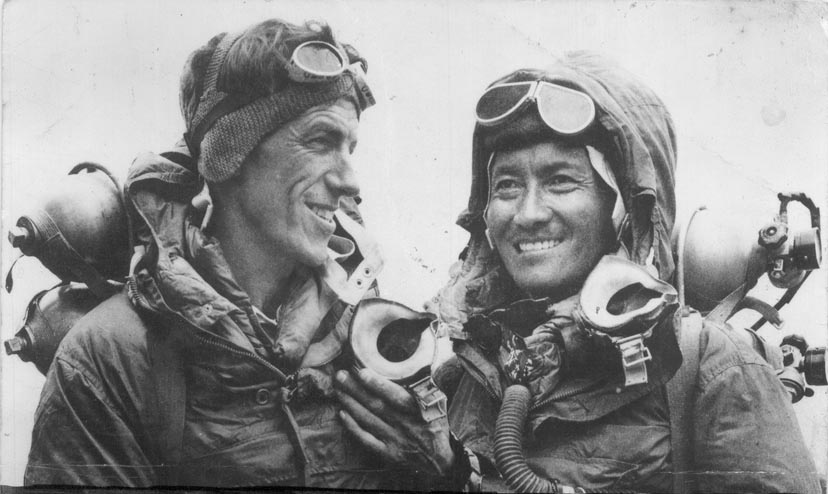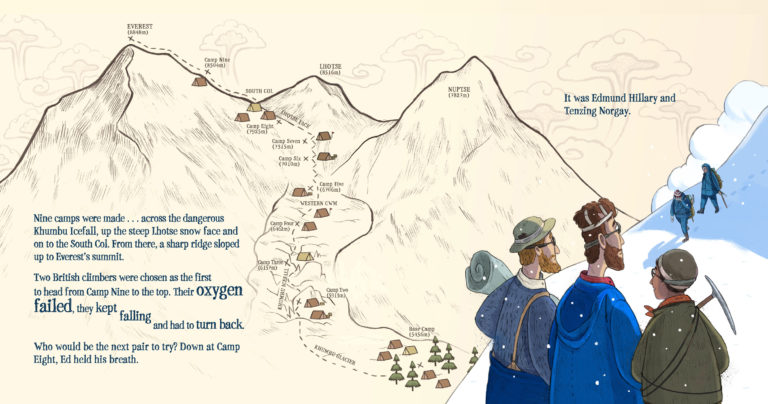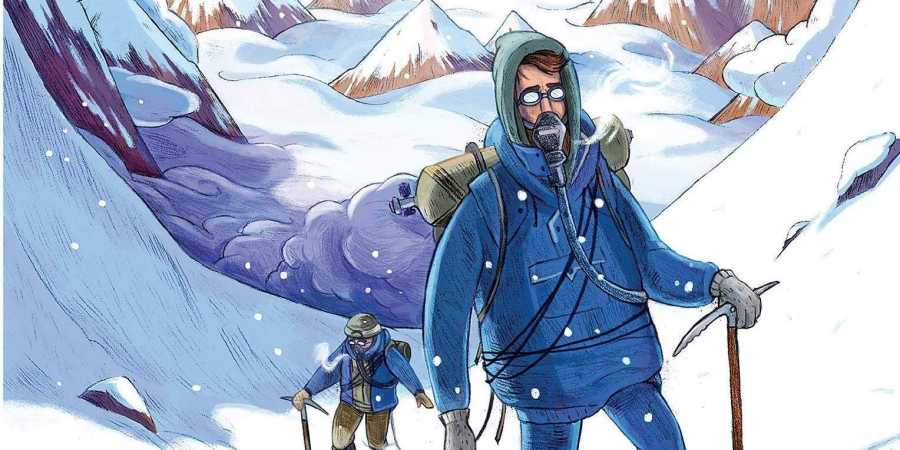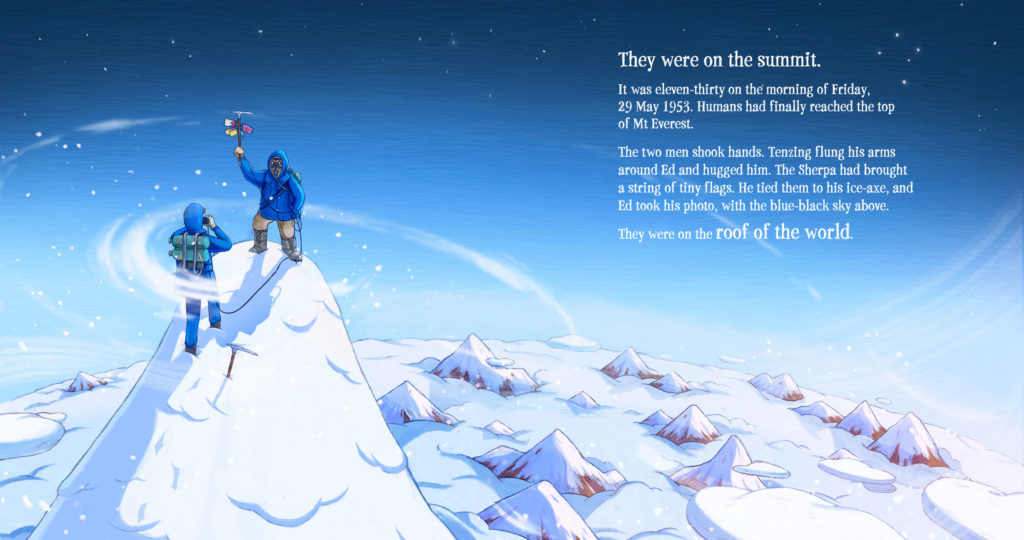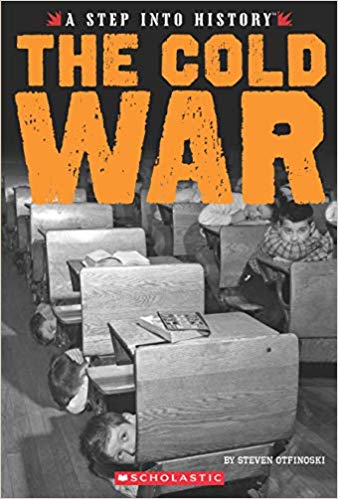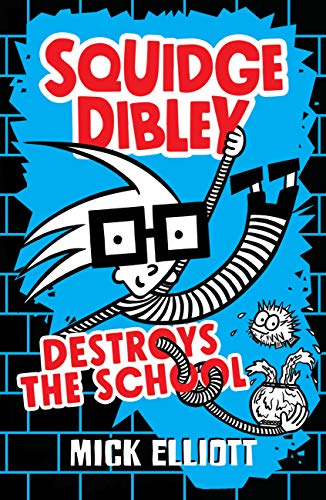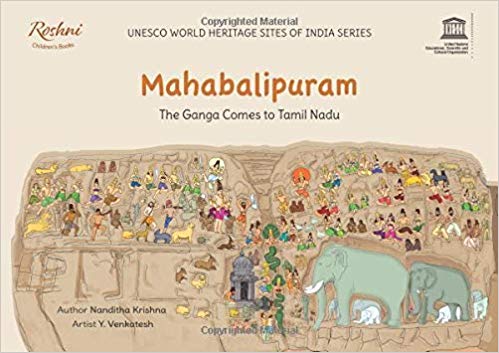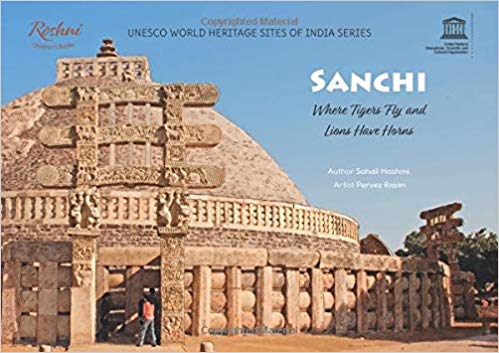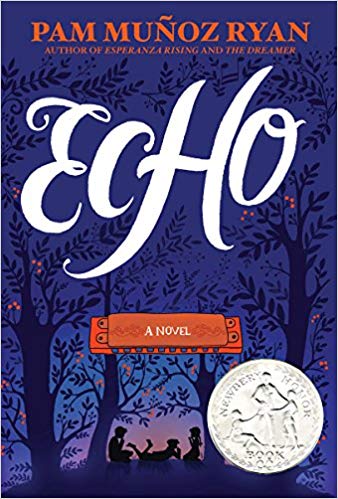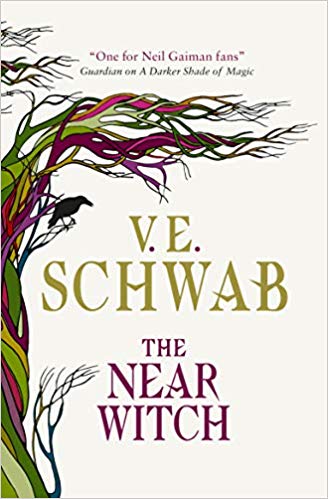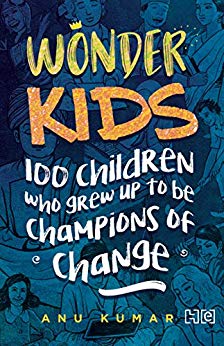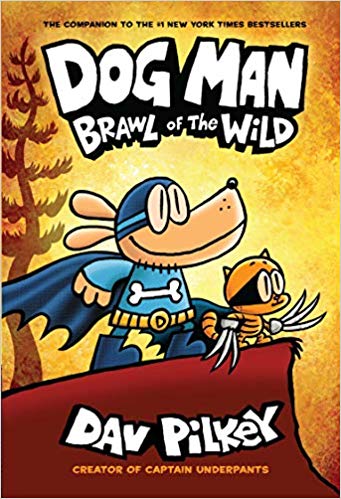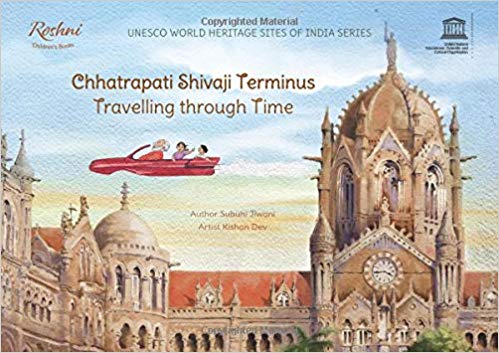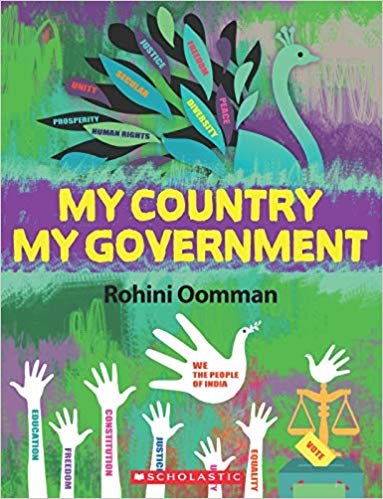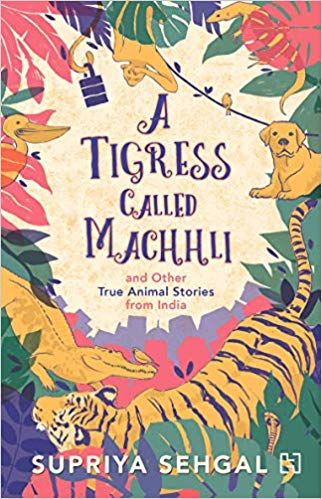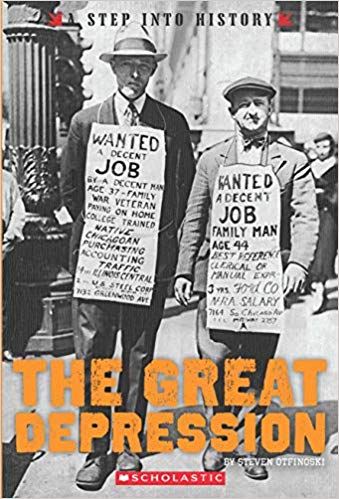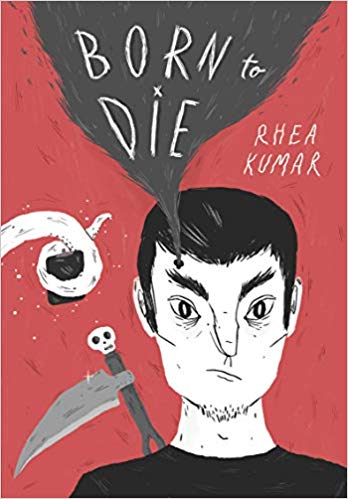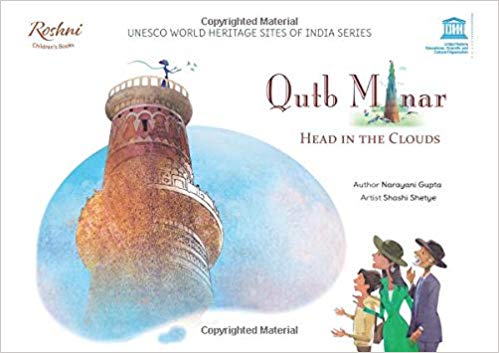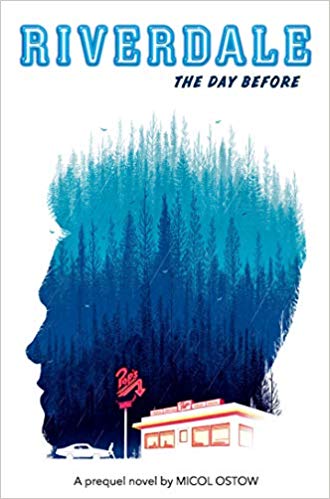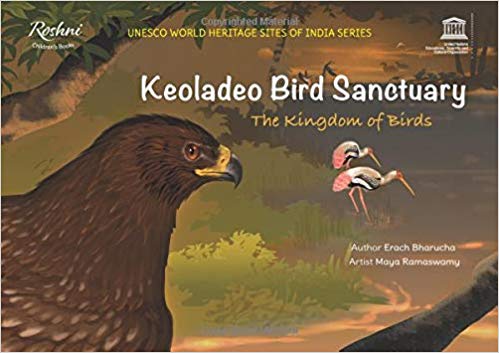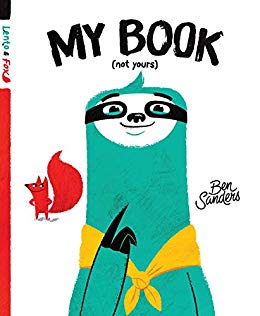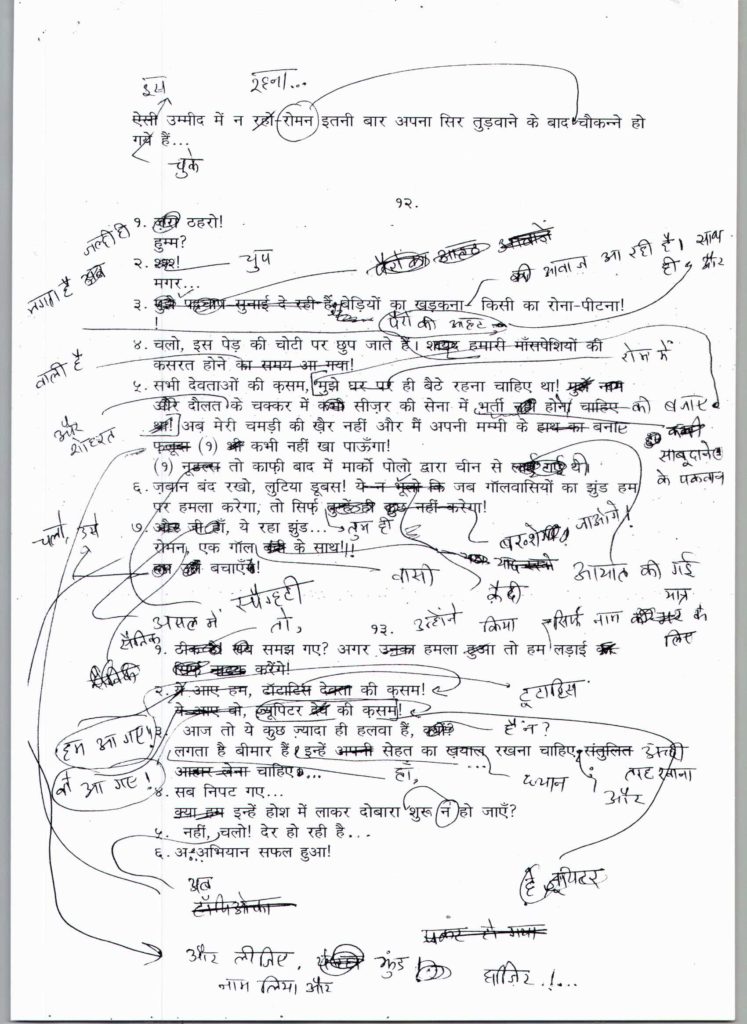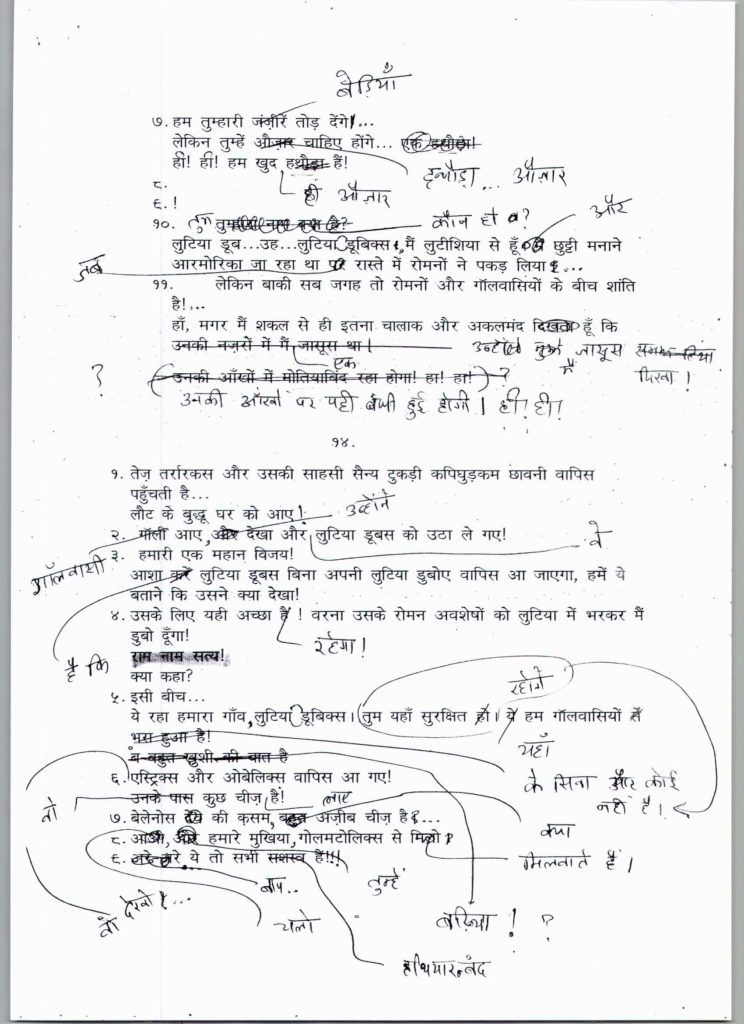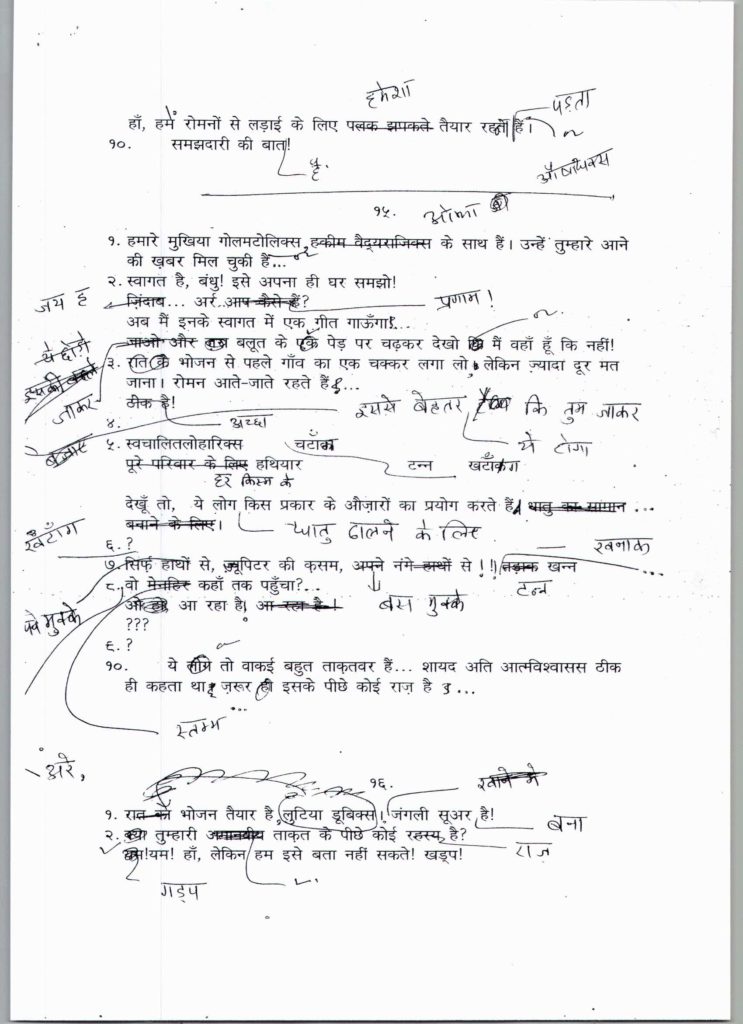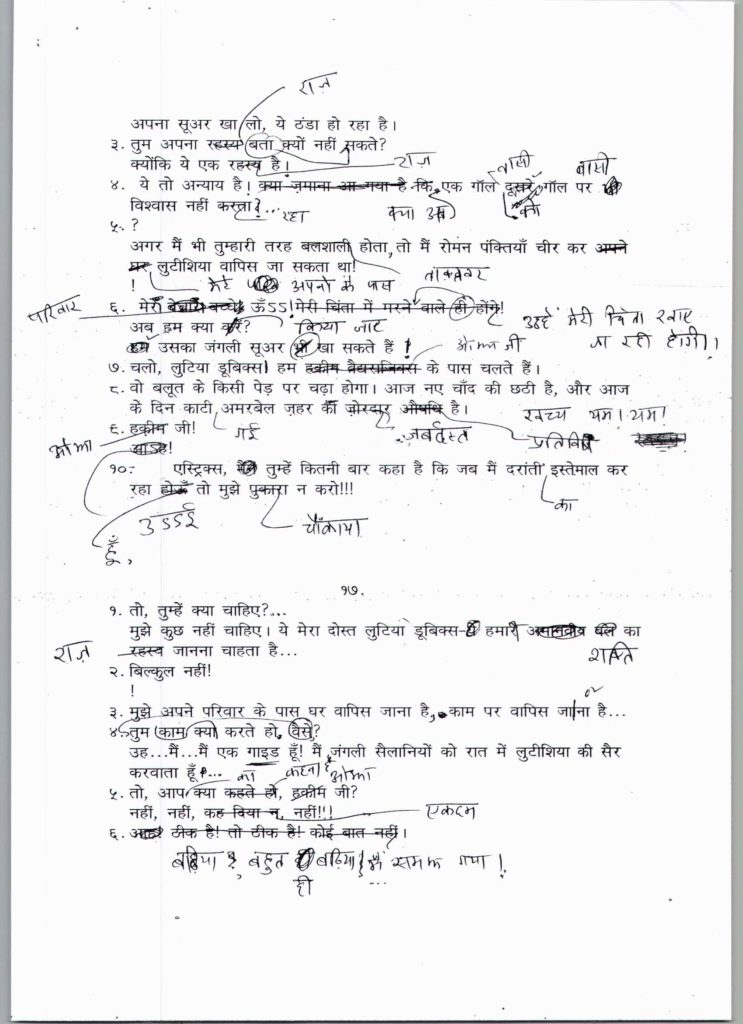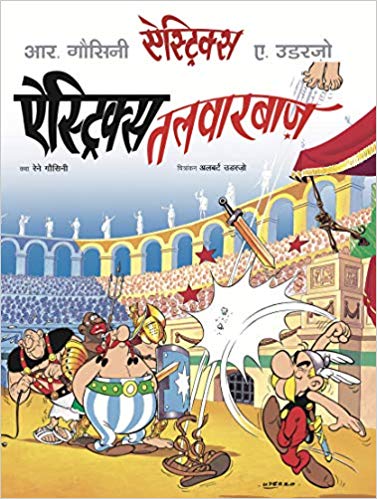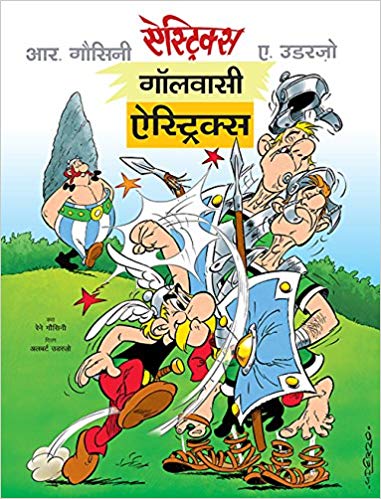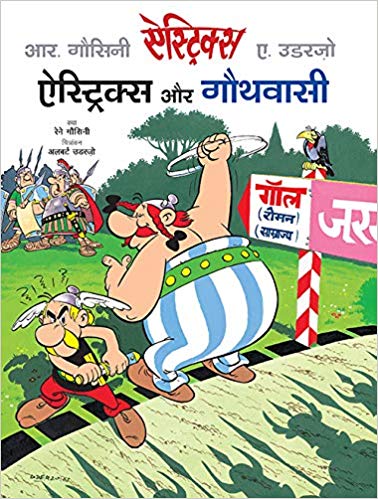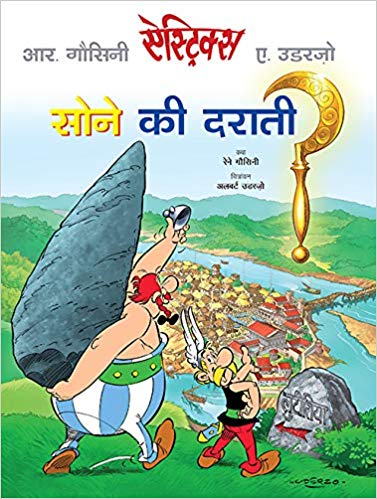Guest post by Dipa Chaudhuri & Puneet Gupta, Co-translators of the Adventures of Asterix in Hindi
Astérix albums have been published in 111 languages and dialects, making it the best-selling comic book series worldwide, with 375 million copies sold to date. The series, popularly known as The Adventures of Asterix, was written by René Goscinny and illustrated by Albert Uderzo and first appeared in the Franco-Belgian comics magazine Pilote, on 29 October 1959.
These
satirical comics focus on the adventures of the protagonists Asterix and
Obelix, and their village of Gauls, fending off Roman offensives in 50 BC, with
the help of a magic potion brewed by the venerable village druid, that
temporarily imparts the Gauls superhuman strength. Today, these adventures
have been adapted to animated and live action films, video games, theme parks,
and more. The first four albums—Gaulwasi Astérix (Asterix the Gaul);
Sone ki Darati (Asterix and the Golden Sickle); Astérix aur Gawthwasi (Asterix
and the Goths); Astérix Talwarbaz (Asterix the Gladiator)—are now available
in Hindi.
Ajay Mago,
Publisher, Om Books International, acquired the Hindi translation rights of The
Adventures of Asterix from Hachette Livres, France, after nearly 5 years of
negotiations that started in 2009 with a blind call at the Frankfurt Book Fair.
He just walked into the Hachette Livres stand, hoping to just walk out with the
Hindi rights for Asterix, a logical step after having recently acquired the
Hindi translation rights for The Adventures of Tintin from Editions Casterman.
Hachette
Livres wanted to see a detailed marketing plan for the books in Hindi. They
also insisted that the translation be carried out in Hindi from the
original comics in French and not from English. Given that I speak French
(I have an M.Phil. in French Literature from Université Paris Diderot-Paris 7)
and have been Chief Editor, Om Books International, since 2010, Ajay suggested,
I come on board. Thereafter, we got on board Puneet Gupta, an advertising
professional and a producer of audio visuals, who writes science fiction
novels, short stories and humorous poetry in Hindi. A die-hard comics
enthusiast since childhood, he has translated the comic series, Tintin, in
Hindi, also published by Om Books International. We then had to send Hachette
Livres a sample 10-page translation of Album 1 to prove our credentials. After
about a month, we received the stamp of approval—the translation was much
appreciated with a few changes here and there. Clearly, we were dealing with
publishers who needed to be convinced that they were interacting with a team of
professionals in India who would do right by the bestselling comic series in
the world. The rights were finally granted in 2014.
Given the
number of comics in the Asterix ‘canon’, and in the entire series, it was clear
that Ajay, Puneet and I were in it for the long haul. To begin with, Puneet and
I read up the entire series a few times to get the drift of the constants and
the variables. (At the moment, the first four albums are out. Completing
the series would take, at the very least, another couple of years.)
It was obvious that we were not dealing with a straightforward narrative and Puneet does not speak French. So I would share with him the multiple meanings of each dialogue/ frame, the wordplays and the etymology as also the distortions in the French originals. I would do that primarily in Hindi with the truly odd recourse to English. (it was a conscious decision taken by both of us to leave English out of the process). Thereafter, both of us would come up with multiple parallel possibilities in Hindi, till we got the context and register right each time. This is amply clear from the revisions on each draft (see scanned examples of handwritten revisions for Gaulwasi Asterix).
At the very
outset, we realised translating comics have practical constraints. The first
and immediate constraint is fitting the Hindi translation into each speech
bubble, despite Hindi being syntactically longer than French also because of
the maatras on the top, bottom and the side (in French, the accents are only on
the top and bottom).
While the
French comics are hand-written, we had to look for a similar font in Hindi that
could be typed out on the keyboard. At times, we needed to choose different
fonts that would establish the distinct accent with which a Goth would speak
for instance (in the English translation, the Gothic font was used for the
Goths). The font of the main copy was Kruti Dev 010. Kruti Dev 240 was used for
Goths in Asterix Aur Gauthwasi.
Besides the
fonts, we had to ensure that each linguistic community spoke with the accents
phonetically associated with it. So, the Goths took on harsh and guttural
sounds in Hindi. The accent was also a challenge when we were translating the
speech of a drunken sod. Besides slurred speech, words altered forms constantly
through a series of dialogue to indicate a constantly altered perception of
reality as is wont to happen when one is sloshed.
Apart from
Asterix and Obelix, the various gods and goddesses, and historical figure like
Julius Caesar, Vercingetorix, Cleopatra, whose names remain unchanged, renaming
the characters, designations, geographical coordinates was a challenging
exercise as each name in French and in Hindi has multiple meanings.
Each language
has a set of distinct sounds or onomatopoeia. We had to work our way through
the sounds from French to Hindi too, and already have a directory of over 150
onomatopoeia.
For pure
visual effect, more so after a vigorous exchange of fisticuffs, sounds in Hindi
had to be drawn and manually fitted into many frames without speech bubbles.
As we went along, it became clear that we were translating not only from French to Hindi, but depending on the provenance of the protagonist, we were translating from Latin, and on occasion, German too. This shall only get more complicated as Asterix and Obelix travel out to Britain, Egypt, Corsica, Spain, India, amongst other places, for the distorted nuances in French are likely to be borrowed heavily from the languages spoken in these places. So before translating the nuances into Hindi, we shall have to go into the etymology of the words, the idioms, the phraseology of the region in which the Asterix and Obelix find themselves. Negotiating
between different registers of each language to establish the social hierarchy
that binds the characters, was part of the task at hand.
The series is
replete with French songs, nursery rhymes, ditties, military marches etc. that
have often been distorted in the French version itself. That posed the twin
challenge of first decoding the original versions and then translating these
into Hindi with as many implicit and explicit layers of meanings carried
forward.
The comics
are also replete with intricate word play, sometimes running through a series
of dialogue, and on occasion, through several pages. As the word plays became
more complex, finding suitable translations became more challenging; we worked
through various options till we stumbled upon that epiphany, that elusive translation
which worked well.
Puneet Gupta
says “We had to decide on a few guidelines that would be followed in the course
of translating the entire series. These included the set of names of the
central characters, the Roman garrisons surrounding the village of the Gauls,
the various ethnic groups—the Romans, the Germans, the British or the
Egyptians, to name a few, all identified with a unique suffix as given to
them in the original text. Apart from historical figures such as Vercingetorix,
Julius Caesar, Brutus, Cleopatra, etc., all the other character names are puns
and mini jokes in themselves. In Sone ki Darati, there is a
shifty dealer Lentix, who we translated as Dal-me-kalix.
Barbaric
Germans tribes have funny sounding names, ending with a suffix “ic”—Teleferic,
Metric, Theoric, Periferic, Choleric and Histeric. According to their mental
make-up, we renamed them Atyacharik, Maardhadik, Becharik, Bimarik and
Mahamarik. The suffixes particular to linguistic and cultural communities were
retained as in the original.
We have also tried to retain the original flavour of many names. The dog, Idefix, or of fixed ideas, was renamed Adiyalix, someone who is doggedly obstinate, and loyal too.Druid Panoramix has become Ojha Aushadhiks. The village of the Gauls, is almost tribal in nature, and the druid is a combination of a medicine man and a witchdoctor, who brews potions with magical powers. Another character Cetautomatix, has been named Svachalit Loharix.
The military terminology was interesting too. Ranks such as Centurion and Decurion had to be suitably translated as well. So after much deliberation over the existing ranks in the Indian military, we took a cue from Senapati, and coined ranks like “Dashpati” for Decurion (a commander of 10 soldiers), and “Shatpati” for Centurion (commander of 100 soldiers) than settle for Major, Colonel etc. For every proverb, popular joke and clever turns of phrase in French, we hunted for a befitting equivalence in Hindi to ensure that the punch, wit and humour of the original were not lost in translation.”
Is the humour
in Asterix in consonance with the underpinnings on which the edifice of humour
per se reposes? Pretty much yes, so humour at its most irreverent, whether
anti-establishment or otherwise, feeds off cultural and ideological superiority,
racial, ethnic and linguistic slurs, gender stereo-typing and other devastating
premises that go beyond the pale of politically correctness. But most of us
play along since there is an unspoken pact between the
participants-interlocutors that it is all in jest and good cheer.
The
Adventures of Asterix is a comic series with a very significant graphic
element, the largely visual slapstick humour is conveyed efficiently through
the excellently drawn panels. Whether its our Gaul heroes settling scores with
an adversary, with only his teeth or sandals in the speech bubble to speak for
the devastating aftermath of the encounter, or the effect Besurtalix’s singing
has on everyone, a handful of translated sound effects in the panels
suffices to convey the drama and humour.
Literary
humour is rather difficult to translate. Fortunately, with the rich repository
of words, jokes, proverbs, songs, rhymes, poems, riddles and of popular lore in
Hindi, the search was usually crowned with sensible outcomes.
All through,
however, it was clear to us that we were not ‘converting’ the comics by
translating them into Hindi just as competent translations of the French,
Italian and Russian literary masterpieces into English or other languages were
meant to ‘communicate’ the narratives instead of ‘converting’ or ‘customising’
them to the cultural construct of the target language. Also, the imposing
visuals of Asterix would make it near impossible to ‘Indianise’ the comics. The
comics are being translated with the desire to share a cultural experience that
is quite unique, different, yet not dissimilar in the gamut of human
experiences.
This
translation project has been partly sponsored by the PAP Tagore Programme in
Paris and locally by the Institut Français en Inde. The idea of embarking
on a new narrative in each comic with its fresh round of challenges is
interesting for the simple reason that like all great classics, one is forever
discovering something new each time we look at a dialogue or frame, and for the
joy of decoding the wordplay, the cultural ciphers, and hopefully learning a
bit of the art by unravelling the code. We all would have picked up similar
linguistic and cultural subversions from the body of James Joyces’ works too.
What stays
with us is the great art of writing comics that are important alternative
histories that also deride such histories. Asterix is at the end of the day, a
great body of satire.
Indians being
polyglots, read in multiple languages. A considerable part of post-colonial
India and Indians have already been exposed to a plethora of world literature,
including comics and cartoons. We have grown up reading Superman, Phantom,
Mandrake, Modesty Blaise, Archie comics, Tintin and Asterix alongside Chacha
Chaudhry and Deewana (our home-grown version of good old Alfred E Neuman), RK
Laxman, Sudhir Dhar, Mario Miranda, and more. Our colonial heritage, now a part
of our socio-cultural DNA, is paradoxically a bane and a boon. We do not resist
either reading, writing or speaking in the language, supposedly, of the
‘others’ that over time has been embraced as a personalised mode of expression
by the ‘I’. There is already a huge readership of Asterix in English in India,
a country that has had a very strong tradition of comics not only in English
and Hindi, but in several regional languages as well. Asterix in Hindi is not
only for the strictly Hindiphone readers, but for comic buffs and collectors,
artists, ethnographers, translators, educational institutions across linguistic
boundaries, and across India and the world.
(C) Dipa Chaudhuri & Puneet Gupta
3 April 2019

